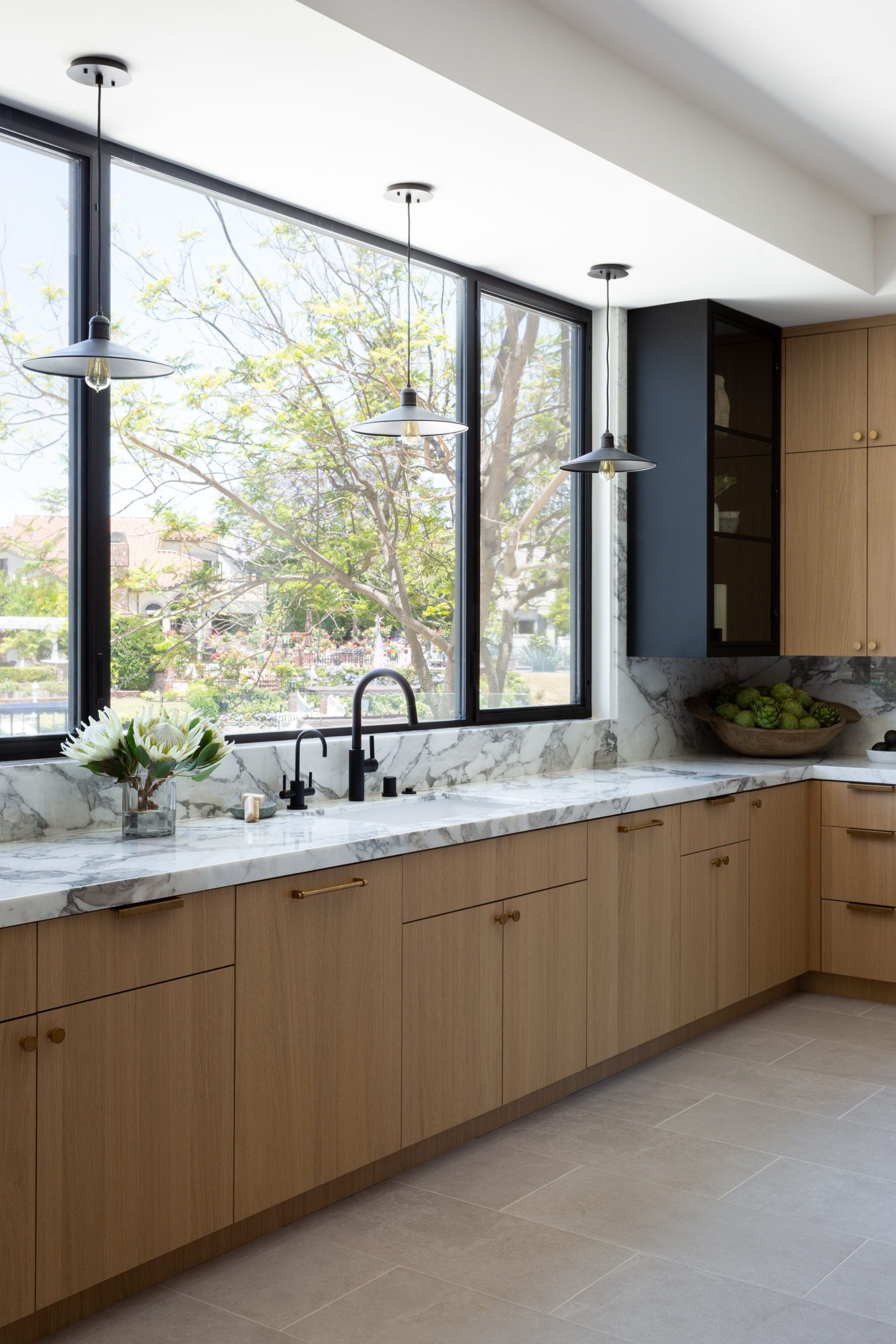
A kitchen without windows can present some challenges but with proper planning and design, it can still be a functional and inviting space. One of the main drawbacks of a windowless kitchen is the lack of natural light, which can make the room feel dark and cramped. To combat this, it’s important to utilize artificial lighting effectively by incorporating overhead fixtures, under cabinet lighting, and task lighting to brighten up the space. Additionally, choosing light colors for the walls, cabinets, and countertops can help to brighten the room and create a sense of openness. Installing a vent hood or range hood can also help to improve air circulation and ventilation in a windowless kitchen. Finally, incorporating mirrors or reflective surfaces can help to bounce light around the room and create the illusion of more space. With some careful planning and thoughtful design choices, a kitchen without windows can still be a functional and attractive space to cook and entertain in.
Many homes come equipped with kitchens that have no windows, which can present some unique design challenges. The absence of natural light can make the space feel dark and cramped, leading to a less-than-ideal cooking experience. However, with some strategic design choices, a kitchen with no windows can still be functional, welcoming, and aesthetically pleasing.
One way to combat the lack of natural light in a windowless kitchen is to utilize artificial light sources effectively. Incorporating overhead lighting, under-cabinet lighting, and task lighting can help brighten the space and create a warm, inviting atmosphere. Additionally, using light-colored cabinetry, countertops, and backsplashes can help reflect light and make the room feel more spacious. Mirrors can also be used to bounce light around the room and create the illusion of a larger space.
Another important consideration when designing a kitchen with no windows is ventilation. Without windows, proper ventilation is essential to prevent cooking odors, smoke, and moisture buildup. Installing a high-quality exhaust hood and ensuring that it is vented to the outside can help keep the air in your kitchen fresh and clean. Consider incorporating a ceiling fan or air purifier to further improve air circulation and quality. Additionally, choosing appliances with built-in ventilation features can help mitigate cooking-related odors and keep the space feeling fresh.
In conclusion, while a kitchen without windows may initially seem challenging, there are many ways to overcome this design obstacle and create a functional and beautiful space. By maximizing artificial light sources, choosing light colors and reflective surfaces, and ensuring proper ventilation, you can transform your windowless kitchen into a welcoming and practical area for cooking and entertaining. With some strategic design choices and a little creativity, a kitchen with no windows can become a bright and inviting space that you will love spending time in.
 blograsa.com home decor trends
blograsa.com home decor trends



